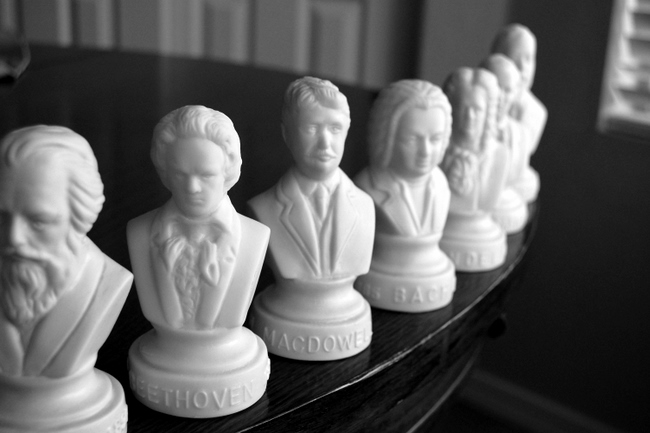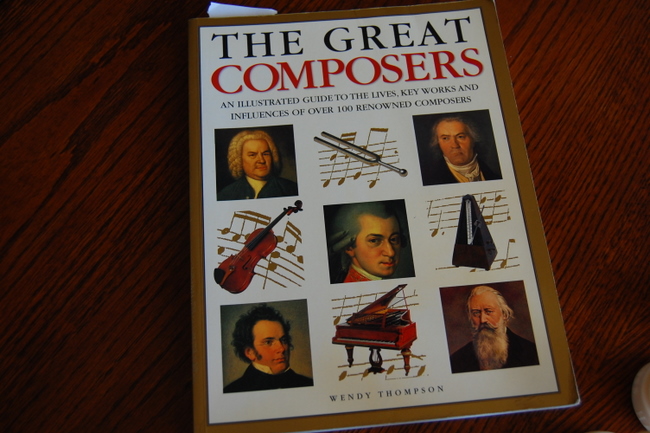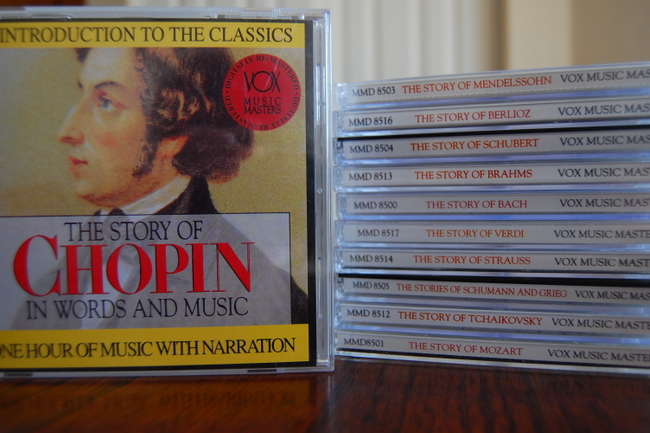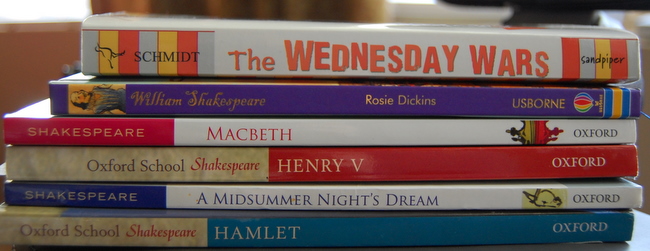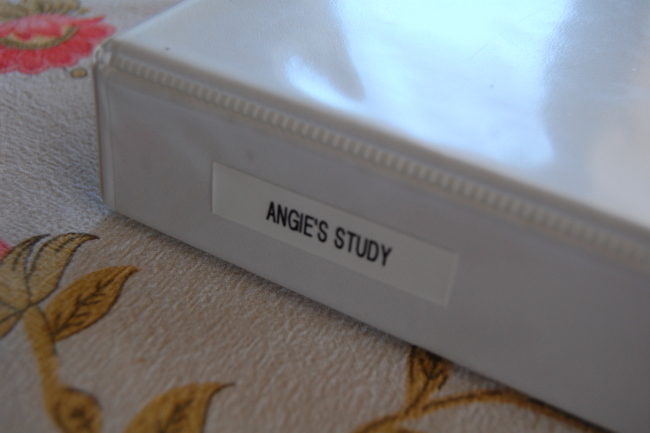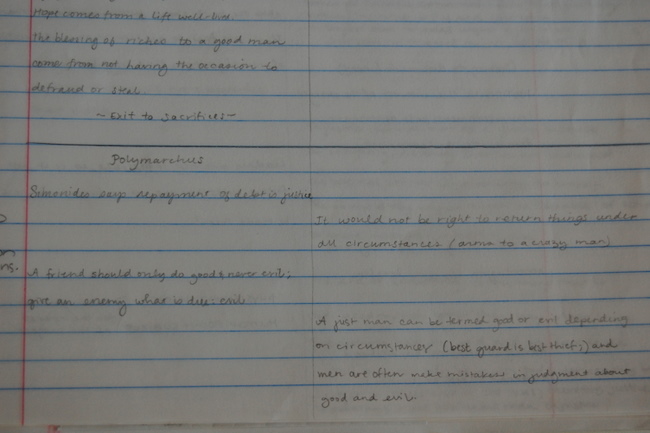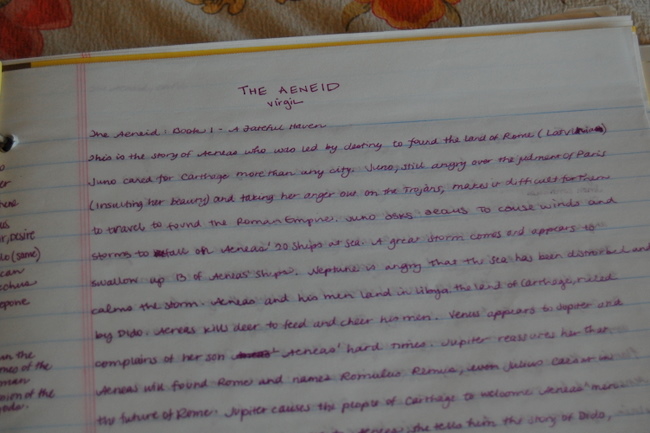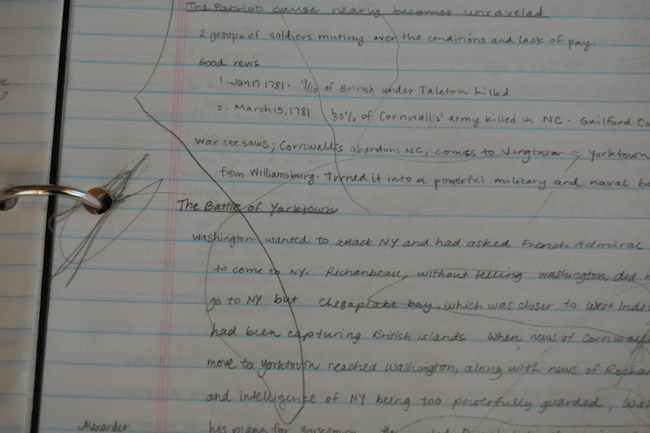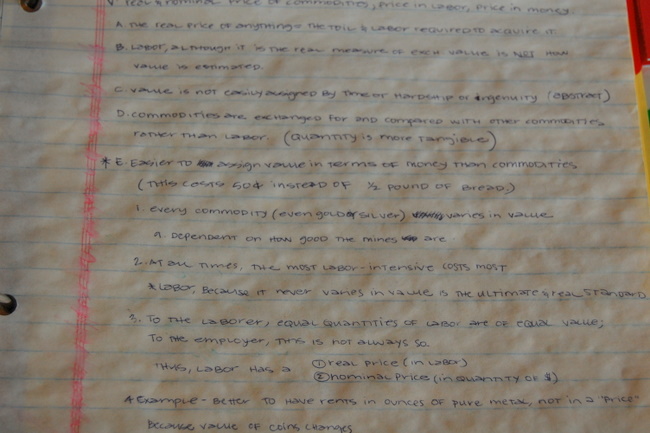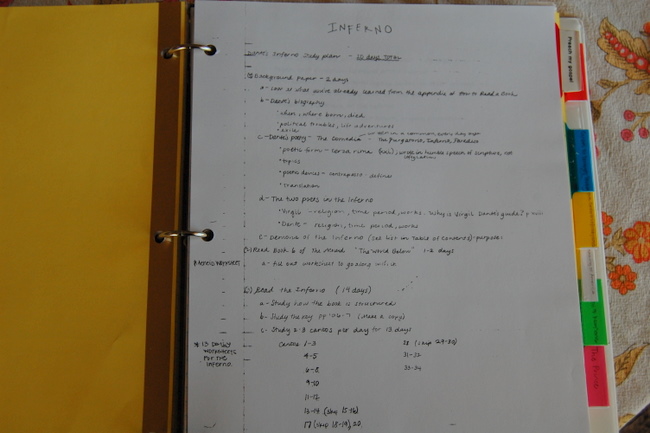I decided to read the book club favorite, Unbroken: A World War II Story of Survival, Resilience, and Redemption by Laura Hillenbrand. I delayed it for months, not sure if I wanted to read about the atrocities of a WWII Japanese POW camp… or about B-24’s… or about a rebellious punk who makes good.
I was caught almost immediately by the author’s style and the dynamic Louie Zamperini. I told Richard that I couldn’t believe it, but the author had made me enjoy reading about war planes. I caught him reading over my shoulder and he said, “You’re right. This author has a very readable style.”
However, it should have been no surprise that I enjoyed this. Memoirs are some of my favorite reads.
My favorite part is when Louie and Phil are stranded on an inflatable raft in the ocean with no food or water. The description of silence, stillness, and the accompanying sharpening of the senses and memories was profound to me. I think Louie’s journey to peace began here, long before he was taken as a prisoner of war.
Through scrunched-up eyelids, I endured the POW camp descriptions and the tales of the sadistic guards, especially The Bird. I was dismayed but not surprised when Louie came home and slipped into alcoholism and violence. I saw the book coming to an end too quickly to resolve his angst and be worthy of the title, “Unbroken.” Louie Zamperini seemed pretty broken to me.
For a week I have stewed about Louie’s amazing turn-around. At first I thought that if the author took the time to describe in detail the planes and maps and biographies in Louie’s life, the least she could have done is describe the religious awakening of Louie Zamperini with a few more words. I felt like for all the pain and trouble Louie had suffered, the solution should have taken years, not days.
But then I decided to think about things in a different way. The only real solution to problems IS simple. It’s the Savior, Jesus Christ. The author could write pages and pages about the anatomy of a man-made plane, but the process of conversion, forgiveness, and renewal are not so easily described. I’m grateful the author didn’t try to explain the miracle, making common the divine and profound.
The two friends, Louie and Phil are great foils to one another. While Louie depended on his determination and spunk to get through his trials, the author asserts that Phil’s strength came from a deep religious belief. In the end, however, Louie’s determination alone is insufficient to heal the wounds of the war. It is deep religious belief that ultimately saves each of them.
The Savior makes a change of heart possible. Changing your heart means that you choose to look at things a different way. For Louie, this meant that he now looked at his accident as a miracle because HIS life was spared. It meant looking at his tormentor with pity, not hate. Conversion propelled him into a life of service, which is also a great healer.
So, thanks, Ms. Hillenbrand for not explaining away the miracle and for the great telling of the life of Louie Zamperini.

